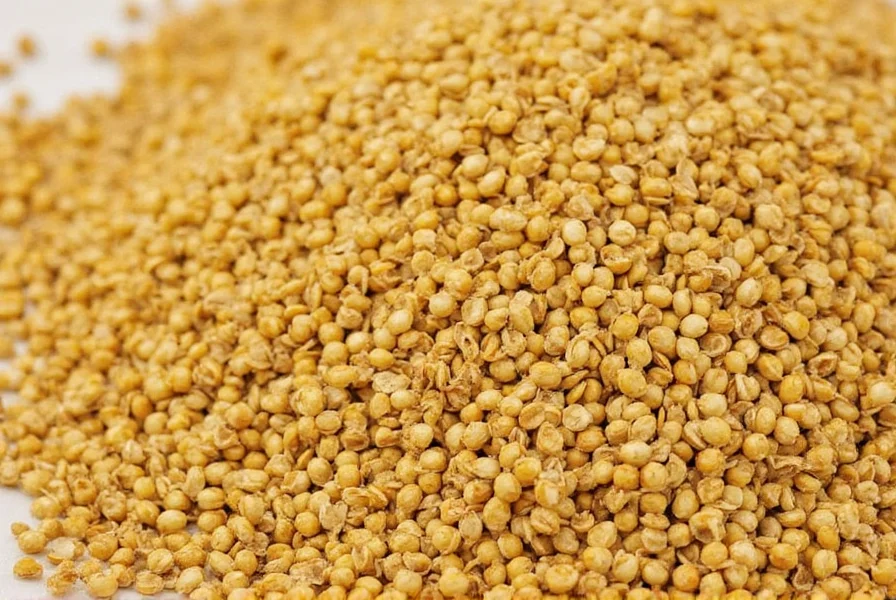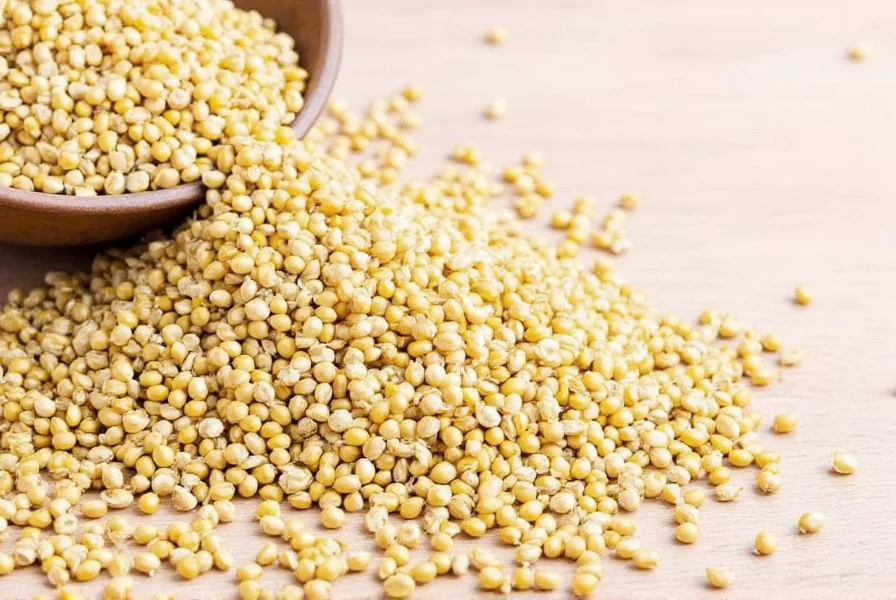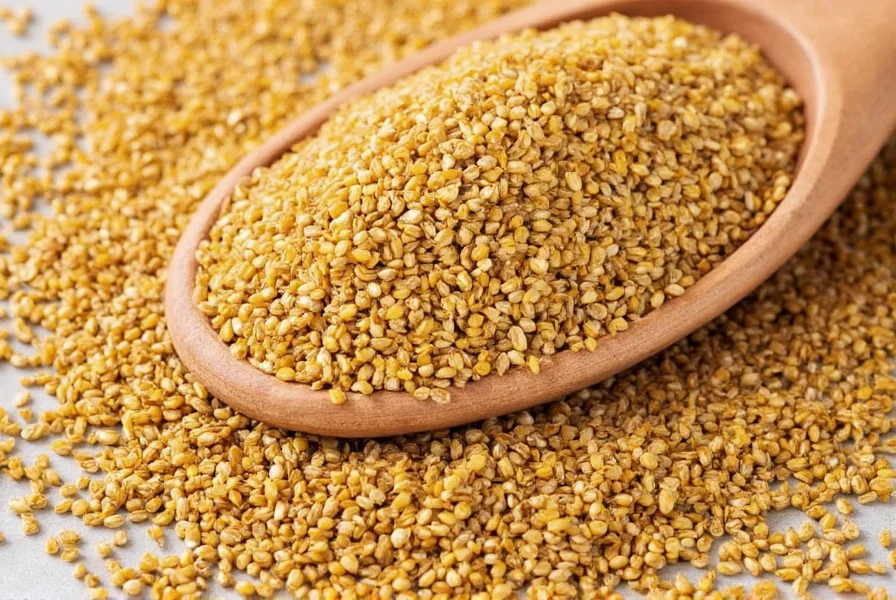Methi has been cultivated for over 4,000 years, with archaeological evidence found in ancient Egyptian tombs and referenced in early Indian Ayurvedic texts. This hardy annual plant produces small, angular seeds that contain a powerful combination of bioactive compounds including galactomannan fiber, saponins, and 4-hydroxyisoleucine, which contribute to its therapeutic properties.
Understanding Methi: Seeds, Leaves, and Varieties
When exploring methi benefits, it's essential to distinguish between its different forms:
| Form of Methi | Characteristics | Common Uses |
|---|---|---|
| Methi seeds (whole) | Small, golden-brown, rectangular seeds with bitter taste | Tempering in oils, pickling, spice blends |
| Methi seeds (powdered) | Ground form with intensified aroma | Curry bases, breads, medicinal preparations |
| Fresh methi leaves | Bright green, tender leaves with distinctive aroma | Stir-fries, dals, vegetable dishes |
| Dried methi leaves (kasuri methi) | Dehydrated leaves with concentrated flavor | Finishing touch for curries, breads, marinades |
Culinary Applications of Methi Across Global Cuisines
Chefs and home cooks value methi for its complex flavor profile that transforms dishes. In Indian cuisine, methi seeds are essential in sambar powder and panch phoron spice blend, while kasuri methi (dried fenugreek leaves) provides the signature aroma in butter chicken and methi paratha. Middle Eastern cultures use methi seeds in hilbeh, a Yemeni paste served with meals, and Ethiopian cuisine incorporates it into berbere spice mix.
For those exploring how to use dried methi leaves in cooking, professional chefs recommend crushing them between palms before adding to dishes to release maximum flavor. The seeds benefit from dry roasting before grinding, which reduces bitterness while enhancing their natural maple-like sweetness—making them particularly valuable in vegan cooking as a natural flavor enhancer.

Scientifically Supported Health Benefits of Methi
Nutrition researchers have extensively studied methi seeds for their potential health applications. Clinical trials indicate that consuming 2-5 grams of methi seeds daily may support healthy blood sugar metabolism, particularly beneficial for those managing type 2 diabetes. The high fiber content, especially galactomannan, slows carbohydrate digestion and improves insulin sensitivity.
Studies published in the Journal of Dietary Supplements show that methi's anti-inflammatory compounds may help reduce markers of inflammation in the body. Lactating mothers have traditionally used methi to support milk production, with recent research confirming its galactagogue properties through increased prolactin levels.
When evaluating methi for blood sugar control, researchers note that the 4-hydroxyisoleucine compound appears to stimulate insulin secretion while improving glucose uptake in muscle tissue. However, individuals taking diabetes medication should consult healthcare providers before regular methi consumption due to potential interactions.
Traditional Medicinal Uses vs. Scientific Evidence
Ayurvedic practitioners have utilized methi for centuries to support digestive health and reduce inflammation. Modern research partially validates these traditional uses, with studies confirming methi's gastroprotective effects against ulcers and its ability to reduce inflammatory markers.
While traditional medicine recommends methi for joint pain relief, scientific evidence remains limited to animal studies showing reduced inflammation. Similarly, though methi has been used for skin conditions, clinical evidence supporting topical application for acne or eczema remains preliminary.
Practical Incorporation of Methi Into Daily Nutrition
Integrating methi into your diet requires understanding proper preparation methods. For optimal digestion and nutrient absorption, many nutritionists recommend soaking methi seeds overnight before consumption. This simple step reduces phytic acid content while enhancing bioavailability of minerals.
Home cooks exploring traditional Indian methi recipes will discover versatile applications:
- Add 1 teaspoon of soaked methi seeds to morning smoothies
- Use 1-2 crushed seeds in tempering for dals and vegetable dishes
- Sprout methi seeds for nutrient-dense salads (3-5 days sprouting increases vitamin C content)
- Incorporate 1 tablespoon of powdered methi into bread or roti dough
When using dried methi leaves, remember that less is more—a teaspoon of crushed kasuri methi often suffices for an entire curry. The leaves' volatile compounds dissipate quickly, so add them toward the end of cooking for maximum flavor impact.
Safety Considerations and Potential Side Effects
While methi offers numerous benefits, understanding methi side effects and precautions is crucial. Some individuals experience gastrointestinal discomfort when consuming large quantities of methi seeds. The compound sotolon, responsible for methi's distinctive aroma, can cause a maple syrup-like odor in sweat and urine—a harmless but sometimes surprising side effect.
Those with peanut or chickpea allergies should exercise caution, as methi belongs to the same Fabaceae plant family. Pregnant women should avoid medicinal quantities of methi due to potential uterine stimulation effects, though culinary use in normal food amounts remains safe.

Quality Selection and Storage Guidelines
When purchasing methi products, look for these quality indicators:
- Seeds should be uniform golden-brown color without dark spots
- Fresh leaves should be vibrant green without yellowing
- Dried leaves (kasuri methi) should retain strong aroma when crushed
Proper storage extends methi's shelf life significantly. Keep whole seeds in airtight containers away from light for up to two years. Ground methi loses potency more quickly and should be used within six months. Dried methi leaves maintain best flavor when stored in dark glass jars rather than plastic containers.
Conclusion: The Enduring Value of Methi
Methi's journey from ancient medicinal herb to modern superfood reflects its remarkable versatility and scientifically supported benefits. Whether you're exploring methi for blood sugar management, seeking authentic Indian cooking ingredients, or investigating natural approaches to lactation support, understanding the different forms and proper usage methods maximizes both flavor and potential health benefits. As with any dietary addition, moderation and awareness of personal health conditions ensure safe and effective incorporation of this time-honored botanical into your wellness routine.











 浙公网安备
33010002000092号
浙公网安备
33010002000092号 浙B2-20120091-4
浙B2-20120091-4